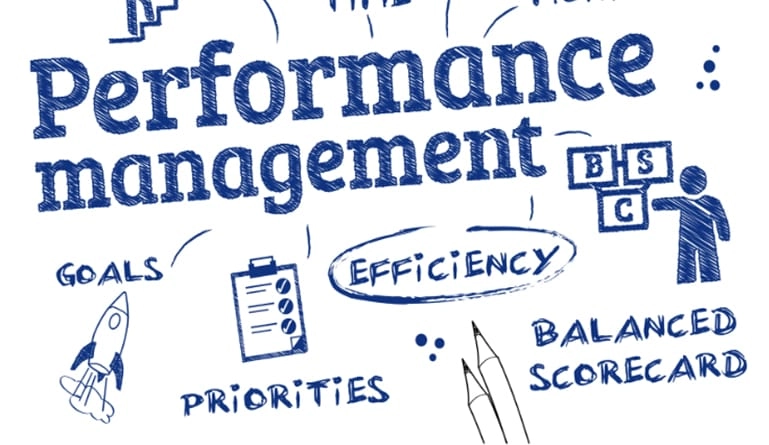Practices that are sure to help managers continually manage employee performance in the best way possible.
Continuous performance management is the new process of ensuring employees are meeting goals and expectations within the company. This new model of performance management is not only giving employees real-time feedback but also creating a less stressful work environment with clearer, more concise goals.
Performance management is taking the traditional annual performance reviews and enhancing them with continuous, frequent training. This training is to perfect any aspect of the business that needs improvement. Continuous performance management is necessary for a business to cultivate their organization.
Why Continuous Performance Management is Driving Organizational Change
A huge reason why continuous performance management is driving change is the fact that it allows for timelier feedback. When a company delivers in-the-moment feedback, it is much more valuable than feedback addressing an issue that is months old. The major flaw with giving only annual performance reviews is that unwelcome behavior has likely become a habit and favorable behavior was never given the recognition it deserved and has since been forgotten. When employers address issues as soon as they arise, employees are more likely to not make those mistakes again. When continually managing performance, companies can address areas that need development much better and more accurately.
This in-the-moment feedback allows employees to react and adopt the new objectives immediately and when appropriate. An annual review does not accomplish this because more than likely, employees have forgotten about the incident and are unable to incorporate the proper changes. Employees react to underperformance much better when it is pointed out to them as they are doing it. Managers who are in constant communication with their employees are able to recognize signs of underperformance before they become worse and are better able to turn this performance around. Constant employee appraisal also allows managers to help employees to implement the newest software to benefit the company better.
Continuous Performance Management Best Practices
The best way for managers to provide their team with valuable feedback is to coincide the feedback with clear and measurable goals. Clear and measurable goals ensure ongoing performance check-ins are beneficial. When employees are working toward individual or team accomplishments, business strategies are better aligned throughout the company. When managers are able to link employee performance goals with current priorities in the business, targeted feedback accelerates results. To ensure the correct goals are being met, managers need to ask the right questions. The right questions ensure the right information is being exchanged between employees and managers and feedback sessions are more successful. The performance appraisal process works both ways so managers must ask their employees for their input for those employees to feel validated in their role within the company.
When giving performance reviews, managers need to be clear about the expectations they have of their employees. Clear expectations allow employees to achieve the outcomes their managers are wanting while also reducing stress for those employees. The best practice to follow when it comes to employee evaluations is to balance praise with constructive criticism. Employees do not want to feel like they are doing everything wrong and nothing right. Having to constantly give feedback to employees may be stressful for managers but it is a necessity to ensure employees are meeting company goals and achieving overall objectives.
Continuous Performance Management System
Many companies have not yet switched over to a continuous performance management system. Many businesses are still using the outdated annual performance review system and those companies are not being as successful as they could be. The best performance management plan for a company not yet using this new model is to run a pilot test within the HR group. Within this initial pilot group, roles of manager and employee should be assigned and tasks given to the participants so the team can explore the features and functionality of the system.
The team should treat this pilot test as if it were really being rolled out to the company. The team should create goals to achieve, create activities that coincide with these goals, request and share feedback, provide coaching about what can be improved on and anything else the company wants this new system to accomplish. This new system requires managers and employees to be in constant communication which may be new to them. Continuous performance management is changing the behavior of managers and their employees and these behaviors will not change overnight.
Continuous performance management is the newest model of employee performance management. Annual performance reviews are not efficient in addressing problems within employee behaviors and performance. When employees are given in-the-moment feedback, they are more likely to implement this feedback into their everyday performance, behaviors, and attitude about their achievable goals. The performance management process is developing within companies to ensure companies and their employees are performing at their highest level. The new continuous performance management model can be easily implemented into companies as long as they are willing to incorporate new performance management tools.




